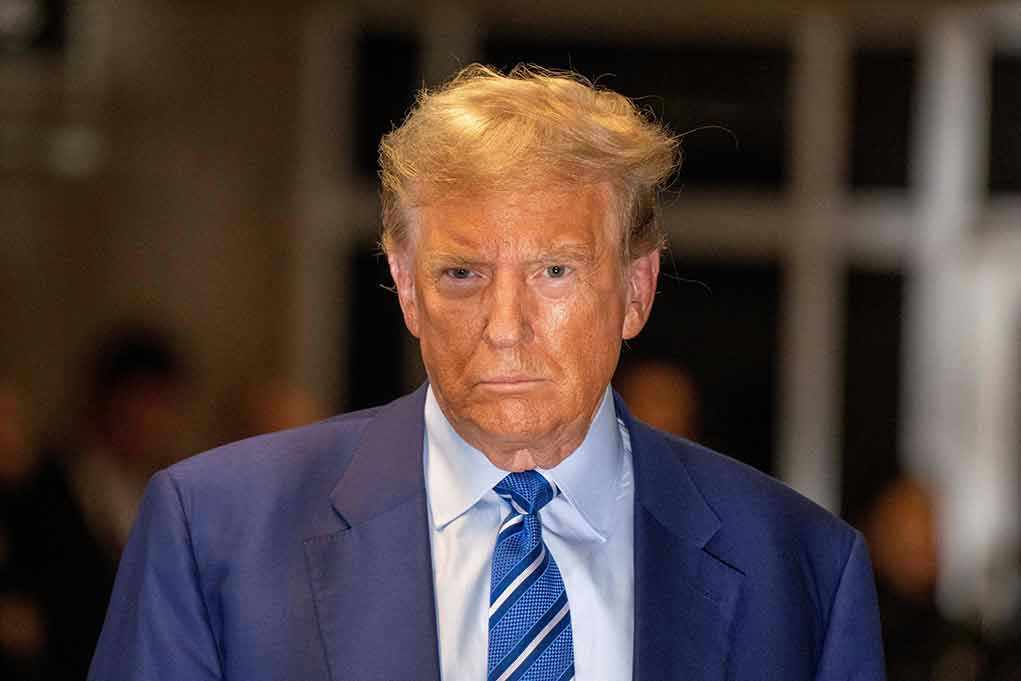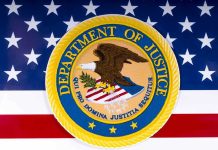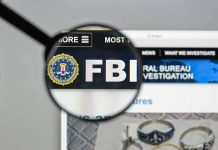
When a statue of Donald Trump and Jeffrey Epstein holding hands suddenly materializes on the National Mall, the line between satire, scandal, and public memory gets redrawn—whether America likes it or not.
Story Snapshot
- A provocative statue depicting Trump and Epstein holding hands appeared overnight in Washington, DC.
- The anonymous artist group “the secret handshake” claims responsibility, citing “friendship month.”
- A newly publicized, disputed letter between Trump and Epstein is referenced in the installation’s plaques.
- The event reignites debate about Trump’s past associations and the power of guerrilla art in politics.
Guerrilla Art on the National Mall: Provocation in Plain Sight
Before sunrise could erase the city’s shadows, a towering bronze statue appeared on the east end of the National Mall. The work, titled “Best Friends Forever,” showed President Donald Trump and the late financier Jeffrey Epstein holding hands, one leg each kicked back in a caricature of childhood glee. No press release, no warning—just silence shattered by the hum of early onlookers’ phones. “The secret handshake,” an anonymous artist collective, claimed responsibility and declared the piece part of “friendship month,” promising it would stay until Saturday. Federal officials scrambled for answers. The public gawked, snapped, argued, and posted. The Mall, home to memorials of presidents and sacrifice, now played host to the most controversial duo in recent American memory.
By midday, the statue had sparked a social media wildfire. The installation’s base featured plaques referencing a letter allegedly sent by Trump to Epstein for his 50th birthday—a letter recently released by the House Oversight Committee and reported by the Wall Street Journal, which Trump’s lawyers called a fabrication. The timing could not have been sharper: that disputed letter was already fueling lawsuits and headlines. All this played out in the capital’s heart, where art, protest, and politics collide with world-class spectacle.
A Decade-Old Friendship, a Modern-Day Firestorm
Trump and Epstein’s social connection is no secret—celebrity parties, mutual acquaintances, and photographs from the 1990s and 2000s have circulated for years. But Epstein’s criminal conviction and mysterious death in 2019 transformed those old images into enduring fodder for conspiracy and scandal. Trump has publicly denied any close ties or wrongdoing, yet his name surfaces every time Epstein’s network is discussed. The letter at the core of this new controversy—purportedly penned by Trump and made public by Congress—was reported by the Wall Street Journal, prompting Trump to file a $10 billion lawsuit against the publication. The authenticity of the letter remains hotly contested, providing rich material for both legal battles and artistic provocation.
The artist group’s decision to stage their work on the National Mall, a site synonymous with American ideals, amplifies the provocation. Their previous installations—satirical Trump statues, multimedia displays—never triggered such an uproar. This time, they leveraged the nation’s most visible stage to force a public reckoning with uncomfortable history, using the language of spectacle as their weapon.
Stakeholders, Statements, and the Anatomy of Outrage
Multiple power centers converge around the statue’s sudden appearance. The artist collective, operating under a veil of secrecy, seeks to jolt the public into renewed debate over accountability and the persistence of elite networks. Trump, meanwhile, remains on the defensive, aggressively distancing himself from Epstein and the letter’s authenticity. The White House issued a swift condemnation, calling the statue a “waste of money,” while Trump’s supporters decried it as a political hit job disguised as art. Media outlets, political commentators, and social media users pounced, reframing the event through their own ideological lenses. The House Oversight Committee and the Wall Street Journal became unwitting co-stars, their actions fueling the narrative and giving the artist collective fresh ammunition.
The episode highlights a unique collision of interests: artists testing the boundaries of public expression, a president fiercely protecting his legacy, institutions grappling with transparency and evidence, and a public torn between outrage, curiosity, and apathy. Legal experts quickly weighed in, noting the complexities of erecting unapproved structures on federal land and the First Amendment’s gray areas. The National Park Service mulled its response, wary of setting precedents that could turn the Mall into an open-air battleground of political art.
Ripples Beyond the Mall: Public Art and Political Memory
The short-term effects are easy to measure—crowds, social media storms, and yet another round of scrutiny for Trump’s past. The long-term consequences, however, are harder to predict. Guerrilla installations like “Best Friends Forever” remind the public that art can still disrupt, provoke, and force conversations that many would rather avoid. The episode may embolden other activist artists to leverage public spaces for political commentary, even as officials debate new regulations to control such disruptions.
For survivors and advocates connected to the Epstein case, the statue’s appearance is a double-edged sword. Some see it as trivializing their suffering; others welcome the renewed spotlight on unresolved questions. For Trump and his allies, it is a reputational threat at a moment of mounting legal and political pressure. But for the broader public, the installation is a reminder that history—recent or distant—remains unfinished, always subject to reinterpretation, satire, and the audacity of artists willing to confront power in its own backyard.
Sources:
Statue of Trump, Epstein holding hands on National Mall taken down by NPS












